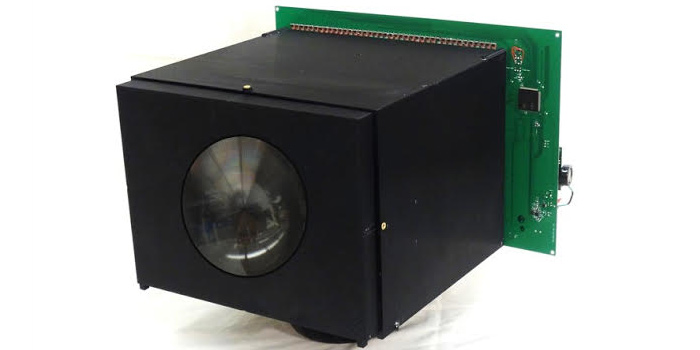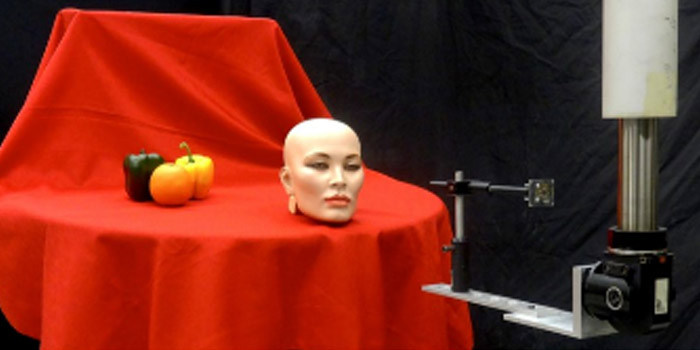Scientists have designed the world’s first self-powering camera that does the dual task of converting incident light into images and also producing enough electricity to run the device without an external power source. If the researchers succeed in optimizing their design then we could be looking at a revolution in self-sustaining photography devices.
The gadget that still in its initial stages, can currently capture images at 30 x 40-pixel resolution and 1 frame rate per second. The self-powered camera is the brainchild of Shree K. Nayar, T.C. Chang Professor of Computer Science at Columbia Engineering and his team. They have published their study in the Proceeding of the International Conference on Computational Photography (ICCP). The group’s work is one of the projects backed by the Columbia Vision Laboratory (CAVE). They came up with the idea of combining the function of conventional cameras and solar power generators to create their unique self-sustaining snapper.

Ordinary cameras have in-built photodiodes corresponding to each pixel. The diodes when exposed to light while taking a snapshot, converts it into electricity and the brightness of the light determines the amount of energy generated. The variation in electricity produced per pixel is used to create images. On the other hand, solar cells absorb the sunlight falling on their photodiodes and convert them into electrical energy which is stored for use.
Nayar and his colleagues used these two different functions to fabricate a camera that has the capability of creating photos as a normal imaging device and can also simultaneously generating electricity from the light hitting the photodiodes. The team built their self-powered camera prototype via a 3D printer and also developed their very own image sensor and electricity harvester from off-shelf, custom-made components.

Though the prototype has quite a low picture quality of 30 x 40 pixels and a slow frame rate of 1 second, the scientists will go back to the drawing board to design a much more optimal energy harvesting self-powered camera which will have a greater resolution-frame rate capacity.
